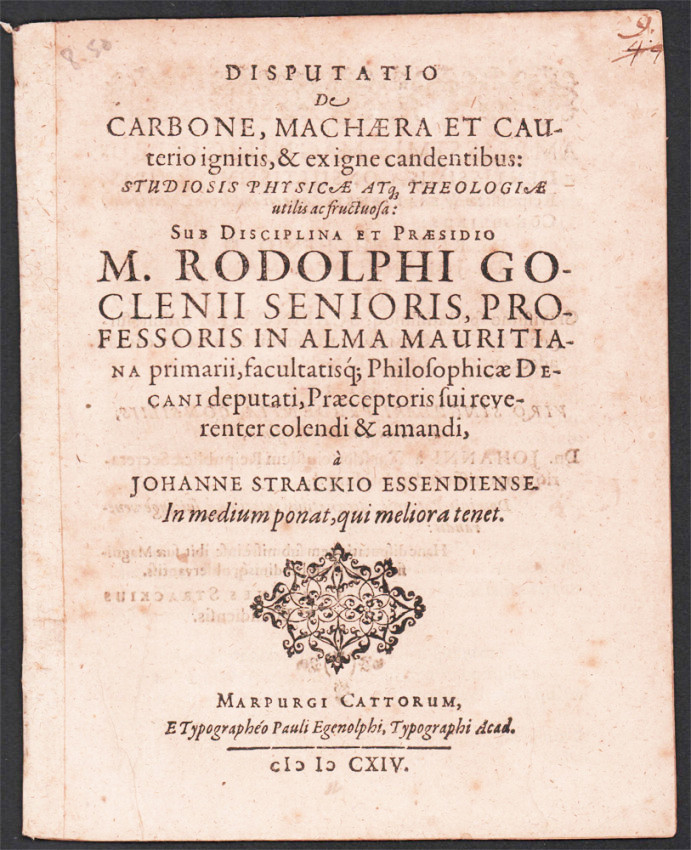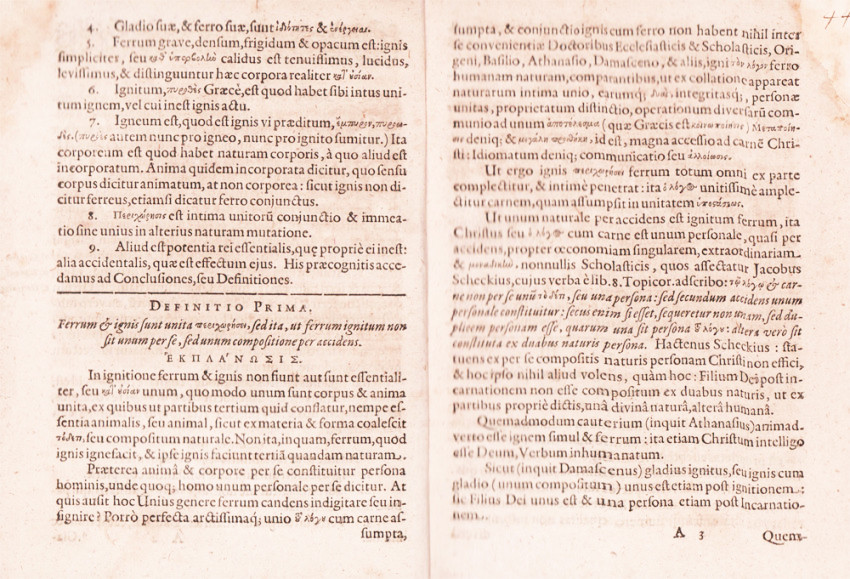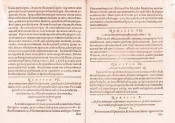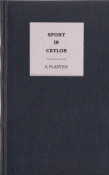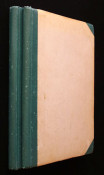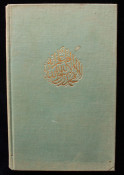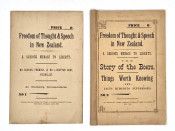First edition: [19] pages, spine simply reinforced with tape, a good copy.
Rudolph Goclenius the Elder (Latin: Rudolphus Goclenius; born Rudolf Gockel or Göckel; 1 March 1547 – 8 June 1628 was a German scholastic philosopher. Gockel is often credited with coining the term "psychology" in 1590, though the term had been used by Marko Marulić at least 66 years earlier. Gockel had extensive backing, and made significant contributions to the field of ontology. He extended the development of many ideas from Aristotle. Several of Gockel's ideas were published and built upon by later philosophers.
(https://en.wikipedia.org/wiki/Rudolph_Goclenius)
“Disputatio de Carbone, Machaera et Cauterio” belongs to the tradition of university disputations. These were short, thesis-style exercises defended by students under a professor’s supervision, usually in Latin, on topics of natural philosophy, medicine, or theology.
Subject matter:
Carbo (charcoal): not only as a natural substance but also in its uses — fuel, heat, medical applications (e.g. treating wounds, drying infections).
Machaera (sword): symbol of cutting, dissection, or surgery; it also had metaphorical associations in philosophy and theology.
Cauterium (cautery): the heated iron or instrument used in surgery to stop bleeding, destroy diseased tissue, or seal wounds.
Together, these represent the three traditional instruments of physical intervention:
Carbo (fire, heat) → source of energy and burning.
Machaera (the blade) → cutting tool.
Cauterium (burning iron) → surgical cauterization.
So, the disputation was partly medical/philosophical — reflecting on how nature and art (medicine, surgery) use fire, cutting, and cautery. It likely also had a theological or moral allegory, since Goclenius often blended natural philosophy with spiritual meaning (e.g., “the sword of the spirit,” “the fire of purification”).
In short: this was a university exercise exploring both the practical/medical role of cutting and burning in healing, and the philosophical/theological symbolism of fire, sword, and cauterization. (ChatGPT)
- Overall Condition: Very good
- Size: 12mo (190 x140mm)

